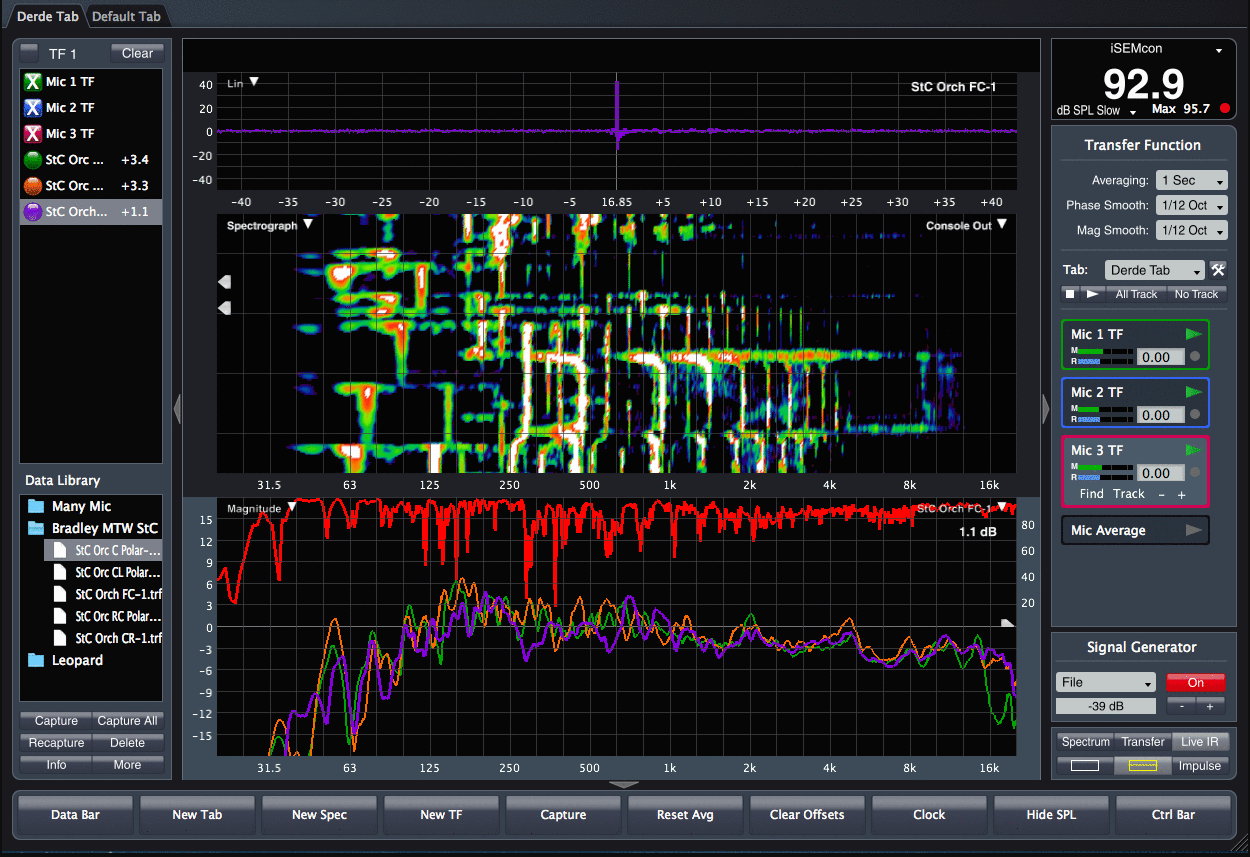

Equalisation practice.The page you are attempting to access is unable to be served. Full system level & time alignment (mains, subs, delays etc.) – if in suitable equipped venue Session 19 options (advanced measurement session discussions) Advanced system measurements – polar vs complex averaging, MTW vs fixed FFT size etc. Data window types Magnitude average types If time available at the end of the official 2- day itinerary. Room analysis – reverberation & intelligibility measurementsĮxtras. Introduction to acoustical analysis, reverberation, intelligibility Case study – investigating stage sound anomalies using dual microphone techniques Longer FFT time constant + smoothing – measuring in windy conditions Line array consideration, long-throw propagation, air absorption Outdoor considerations – temperature and wind gradient Comparing mics, comparing listening positions & system propagation (Dual mic techniques for room analysis will be covered later) Far-field measurement, coverage, improving intelligibility Stereo matching – matching eq, fine placement adjustments Multiple microphones – trace averaging Lines on the screen vs ear-brain perception -Short break. A full, 1-day practical subwoofer array course is available. Subwoofer arrays, reverse-polarity cardioid, in-phase (end-fired) cardioid etc – depends on venue & facilities Tinker time - if the classroom is small (compared to LF wavelengths), sub-main alignment may done outdoors Acoustically small subwoofers and subwoofer arrays – phase rotation caused by boundaries Cross-over and driver placement effects – polarity/phase Low frequency boundary effects, sub alignment. Effects of multiple source arrivals – combing, and combinations of the above Tinker time Phase shift vs time offset and frequency Microphone calibration & SPL Spectral measurements Spectrograph measurements Transfer function measurements Review of earlier stuff, if necessary, before moving on. How to deal with noise and interference from other sources Further uses of FFT size/Time constant relationships Tinker time for rest of day

Magnitude threshold and coherence blanking Loudspeaker measurement example Smoothing Synchronising Measurement and Reference signals – Delay locator Controller/delay line/equaliser measurement example Sample rate/FFT size/Time constant relationships, making the right choices Direct or direct + reverb Review of dual channel techniques – source independence Frequency domain and time domain Is it the room or the system? Using the spectrograph function for a quick check Spectrograph practice Spectrograph Dynamic range controls Tinker time Spectrum Banding Averaging Tinker time Drop-down menus, Help menu Control strip


 0 kommentar(er)
0 kommentar(er)
